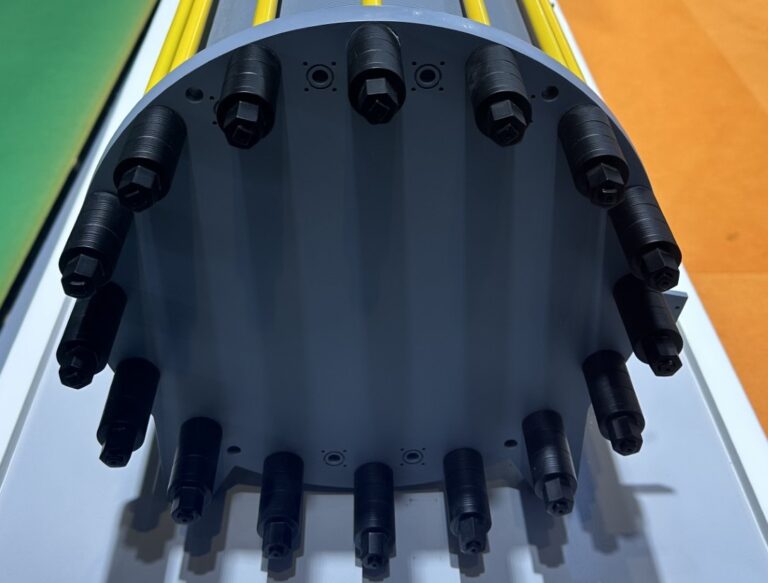Canada and Italy have announced funds for hydrogen projects. Meanwhile, a team of researchers explained that Australia will need to ship hydrogen to Japan via methylcyclohexane (MCH) or liquid ammonia (LNH3) by 2030, not completely rejecting the liquid hydrogen (LH2) option.
Canada will commit up to CAD 300 million ($217 million) to support clean hydrogen trading Germany. “The resources will be allocated through a competitive auction process expected to start by the end of the year, following assessment by the European Commission of the proposed auction parameters and a similar financing commitment from Germany.” said the Canadian government. The initiative is part of the joint hydrogen alliance between Canada and Germany. “It will help Canadian companies access German markets for their clean hydrogen and ammonia. It will also ensure that Germany has access to competitively priced clean energy products produced by Canadian industry and powered by Canadian workers.”
The Italian government activated a €994 million fund to support the implementation of the important project of common European interest IPCEI Hy2Infra. The Italian government cites as the reason the European Commission’s decision last February to approve state aid proposals from seven European countries for a total amount of 6.9 billion euros. “The IPCEI Hydrogen 3 Fund is focused in providing contributions to Italian companies involved in the implementation of projects for the development of a European hydrogen network, with a particular focus on infrastructure investments,” the government said declared.
A team of Australian researchers have incorporated dynamic efficiency and the overload capacity of PEM electrolyzers into their techno-economic model, assessing the best options for exporting green hydrogen from Australia to Japan by 2030. A sensitivity analysis showed that lower weighted average capital costs and scale-up could significantly lead to lower supplied level costs of hydrogen (LCOH). “Increasing the hydrogen supply capacity tenfold to 1000 t/d reduced the LCOH supplied very significantly,” the researchers said in “Technoeconomics of renewable hydrogen exports: an Australia-Japan case study.” The article shows that LNH3 and MCH are the most cost-effective hydrogen carriers: “Under the assumptions of the base case, the LH2 route is often expensive due to the high BOG [boil-off gas] percentage observed at each step of the supply chain. Nevertheless, there is potential for economic viability if effective measures are taken have been implemented to manage BOG losses without incurring substantial costs,” the researchers wrote in the article published in Applied energy.
Green Marine UK initiative to The renovation of crew ships with hydrogen, fuel cells and batteries has received in-principle approval from the global classification society RINA. “Phase 1 of Project Verdant, which includes a preliminary design and feasibility study, has now been completed and deemed viable, opening the door for subsequent project phases that will seek to undertake design, engineering and sea trials,” said the UK naval operator. said.
Masdar has signed an agreement with TotalEnergies to assess the feasibility of developing a commercial project from green hydrogen to methanol to sustainable aviation fuel (SAF). “The focus of the project is to help decarbonize the economy difficult to reduce, emission intensive sectors such as the aviation and maritime industries”, said the United Arab Emirates’ energy company. The project will also capture CO2 from an industrial source and use it as a feedstock, in addition to green hydrogen from renewable energy electrolysis. for the production of green methanol and SAF.
This content is copyrighted and may not be reused. If you would like to collaborate with us and reuse some of our content, please contact: editors@pv-magazine.com.


